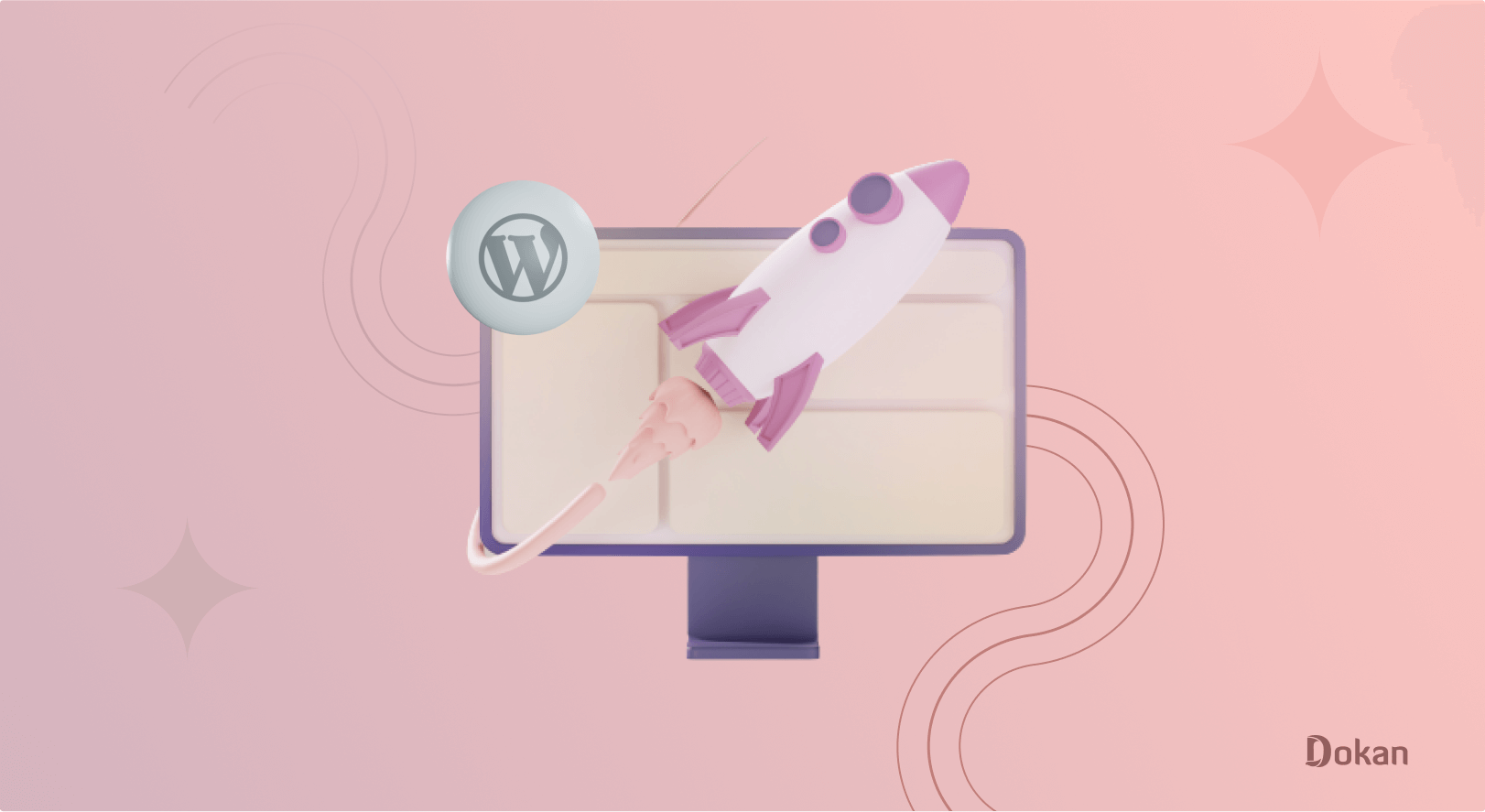Having a fast website is not only important for better rankings but also for improving the user experience. This eventually helps to increase your conversion rate.
The basic WordPress site itself is quite fast. But when you keep adding necessary elements like plugins, themes, pages, and posts, it becomes heavy and takes time to load. And the conversion rate drops by an average of 4.42% with every passing second of the loading time.
So, if you’re looking for tricks to fasten your WordPress website, you’re in the right place. Because in this blog, we are going to showcase 11 hacks to speed up a WordPress website.
Before showing the hacks, let’s take a little bit of your time to focus on –
How to Check the Current Speed of Your Website
Your website loads instantly on your browser that doesn’t mean it will load instantly on other browsers as well. So, you need to know how fast your website loads on others’ browsers.
Before that let us tell you what is the standard time to load a website.
According to a 2019 study by Portent, a 0-4 second load time is best for conversion rates, and the first five seconds of page-load time have the highest impact on conversion rates.
In fact, the highest eCommerce conversion rates occur on pages with load times between 0-2 seconds. With each additional second of load time, website conversion rates drop by an average of 4.42%, the study says.
Now it’s time to check your website speed. We are going to use a free speed test tool named PageSpeed Insights here to check the site speed.
- Browse that tool and put your site name in the selected area.
- You will see the result of how your site is performing. Remember a good page should load under 2 seconds.
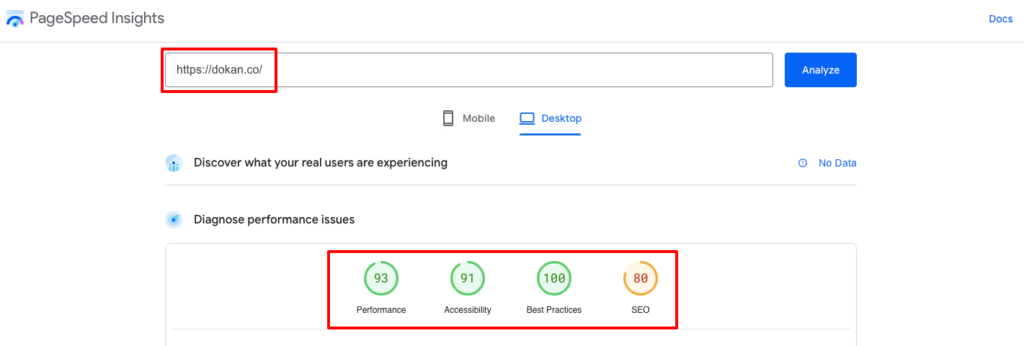
If you want to use another tool to check your website loading speed, here are three more suggestions for you:
How to Speed up a WordPress Site- 11 Hacks for You
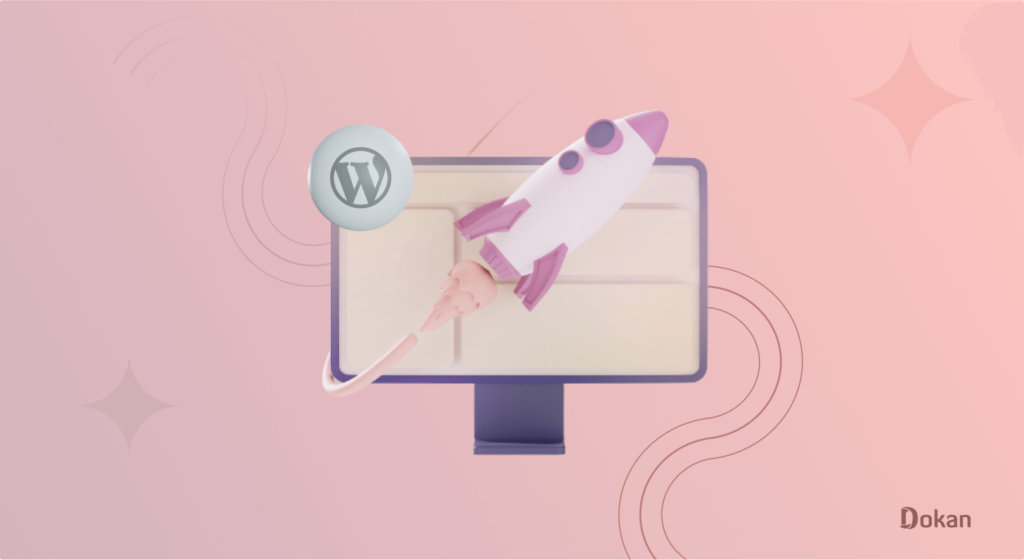
So, here we are! Without any delay, first, let’s take a quick look at the list of hacks:
- Choose a Fast Web Hosting Service
- Optimize Your Images
- Use a Caching Plugin
- Minimize HTTP Requests
- Optimize Your Website’s Code
- Optimize Your Database
- Delete Unused Plugins
- Use a Content Delivery Network
- Use an Optimized WordPress Theme
- Update Your Plugins, Themes, and WordPress Version Regularly
- Avoid Uploading Videos Directly to Your Site
Now it’s time to discuss each of the above-mentioned points in detail. So, let’s get started!
1. Choose a Fast Web Hosting Service
Your website performance largely depends on how good your hosting service is. If you can choose a suitable hosting service for your website, half of your performance-related problems will be automatically solved.
If you’re already not aware of the types of web hosting, let us tell you that most of the hosting service providers provide 4 types of web hosting. There are:
- Shared hosting: It means you have to share your server resources with other websites. It’s not recommended for larger-scale membership sites that receive a significant amount of traffic, they can be a good option if you’re just starting out and don’t have many members yet.
- Dedicated hosting: You don’t have to share your hosting resources with anyone else if you choose dedicated hosting for you. If you’re planning for something big, you should go for dedicated hosting.
- Virtual private server (VPS) hosting: VPS hosting is having a virtual machine that’s almost your own (private). It’s like living in a townhouse where you’ll live in the same building with some other people, but you don’t need to share resources with them. VPS hosting is best for medium-sized fast-growing business websites and high-traffic blogs.
- Managed WordPress hosting plans: It manages all the technical aspects of running a WordPress website for you. It doesn’t only install WordPress automatically but also optimizes your site for performance, security, SEO, and more. This is best for beginners who have no skills to configure server settings.
Now choose a web hosting for your WordPress website as per your requirements. We have guides to choose the best hosting for your WordPress site, you can check them here:
i) Get the Best WooCommerce Hosting to Keep Your Site Performance High and Rocking
ii) 11 Things to Know Before Buying a Hosting Plan for Your Website
2. Optimize Your Images
Images are very important for any website. Because it can quickly draw users’ attention. You may have heard that:
A picture is worth a thousand words.
But in terms of using images on your WordPress website, you must optimize them before uploading them to your site. A WordPress site with well-optimized images can reap such benefits as fast loading times, enhanced user experience, and better SEO.
There are ways to optimize your images including:
- Compress before uploading: You can use a free online image compressor like Tinypng to compress images before uploading them to your site.
- Clean up your WordPress media library: If you delete your old blogs or any landing page, you should delete those related images from the media library as well. Because those unused images can slow down your site’s loading speed. You can manually delete them from the media library or there are plugins to get your job done.
- Use an image optimization plugin: If you don’t want to manually compress images, you can use an image optimization plugin. There are free plugins in the directory to overcome the situation.
3. Use a Caching Plugin
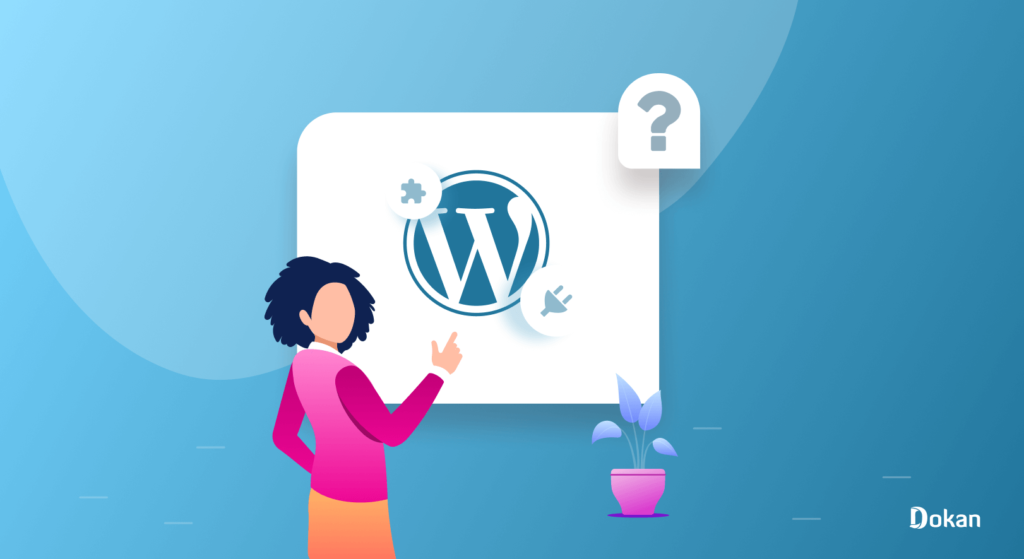
You can use a WordPress caching plugin to improve your site performance and reduce server load. A caching plugin creates an HTML (static) version of your web page to deliver it faster to your future visitors.
Usually, a page request implies PHP processing, fetching data from the database, and much more time- and resource-consuming tasks on the server side. But thanks to a caching plugin, you can get rid of unnecessary data roundtrips and improve your page loading speed.
There are several WordPress caching plugins to use on your website. The most popular plugins are:
4. Minimize HTTP Requests
HTTP requests occur when a web browser sends a request to your website’s server for information on a web page. The fewer requests a website has to make, the faster that site will load.
Remember two things:
- More files = more HTTP requests
- Bigger files = longer HTTP requests
So, you can reduce HTTP requests by taking care of the above-mentioned points. Follow these tips to reduce HTTP requests:
- Delete unnecessary images
- Implement the lazy loading technique
- Reduce image sizes
- Minify CSS and JavaScript files
- Combine CSS and JavaScript files
- Use a CDN service.
5. Optimize Your Website’s Code
CSS and JavaScript are fundamental to every WordPress website. That said, these files need to be sent from your web server to a web browser every time a visitor loads a page. Therefore, the smaller you can make these files without affecting your site’s look and functionality, the faster your pages will load.
You can manually optimize your code by removing,
- White space characters
- New line characters
- Comments
- Block delimiters
This speeds up your load times as it reduces the amount of code that has to be requested from the server.
You can use any of the below-mentioned plugins to minify your CSS, HTML, and JS files:
6. Optimize Your Database
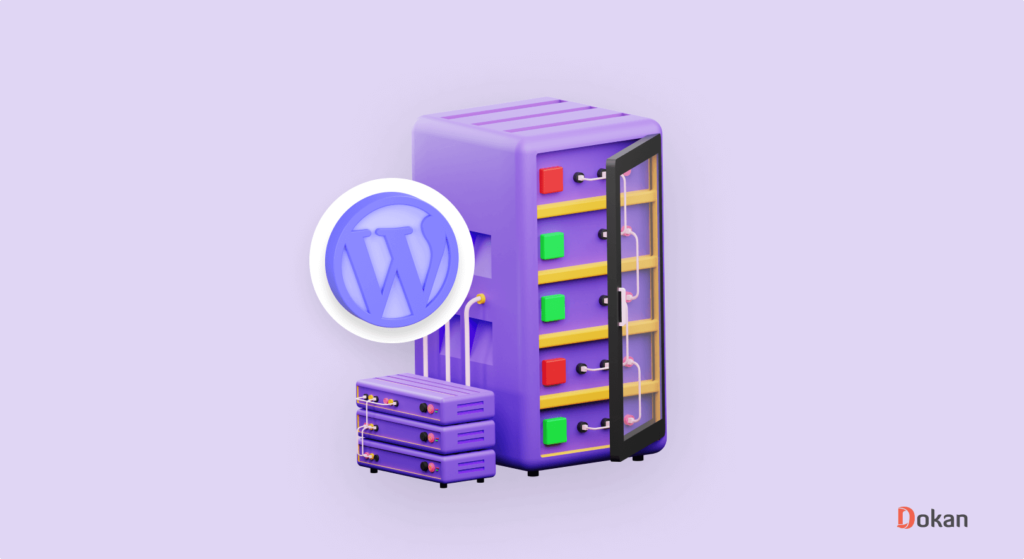
An unoptimized database can slow down a WordPress website. Over time, your WordPress database might accumulate unnecessary information that bloats your website. Unnecessary data may include post revisions, deleted comments, old plugin settings, and unused tags.
Either you can clean up your database by using a WordPress plugin or you can do it manually. If you want to do it manually, access your phpMyAdmin to optimize your database.
Also, there are plugins like Database Reset and WP Database Backup to optimize your database.
7. Delete Unused Plugins
When you install a WordPress plugin, it adds code to your website, which can increase the website’s loading time. Therefore, if you have installed plugins that are not actively being used, they are just adding unnecessary code to your website and causing it to slow down.
By deleting unused plugins, you can significantly improve your website’s loading speed. Removing unnecessary code can reduce the number of HTTP requests your website needs to make, resulting in faster loading times.
Additionally, fewer plugins mean less maintenance, reducing the risk of plugin conflicts, security vulnerabilities, and other issues that can slow down your website.
8. Use a Content Delivery Network
A Content Delivery Network (CDN) is a network of servers distributed around the world that store cached versions of your website’s content. When a user requests to view your website, the CDN serves the cached content from the server that is closest to the user, resulting in faster loading times.
When you use a CDN with your WordPress website, your website’s static files, such as images, CSS files, and JavaScript files, are stored on the CDN’s servers.
When a user requests to view your website, the CDN serves the cached files from the server that is geographically closest to the user, reducing the distance the files need to travel and improving loading speed.
9. Use an Optimized WordPress Theme
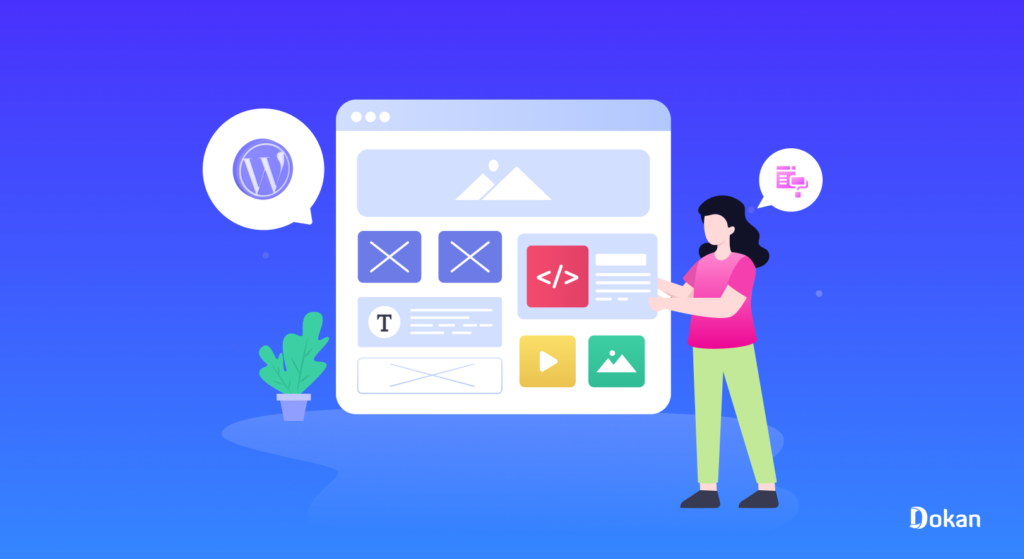
Using an optimized WordPress theme means using a theme that is well-coded, lightweight, and optimized for performance. While there are thousands of free and premium WordPress themes available, not all of them are created equal when it comes to speed and performance.
Optimized themes are designed with performance in mind, making use of best practices such as clean code, minimal file sizes, and proper image optimization.
To use an optimized WordPress theme, you should look for a theme that is lightweight, minimalistic, and built with performance in mind. Avoid themes with excessive features and bloated code, as they can significantly slow down your website.
10. Update Your Plugins, Themes, and WordPress Version Regularly
Updating the plugins, themes, or WordPress version is an easy and straightforward task. It takes a few minutes to update these things. But sometimes we overlook these updates and miss the opportunity to fasten our website.
Always be running the latest versions of the plugin, theme, and WordPress version to optimize performance, keep your site secure, patch bugs, and ensure every feature and tool functions as it should.
11. Avoid Uploading Videos Directly to Your Site
Videos are important for any website. It can explain complicated things in an easier way. But you should not upload videos directly to your WordPress site.
Because videos can take up a lot of storage space and bandwidth, increasing your hosting costs and creating a bad experience for your visitors. That’s why we recommend never uploading videos to your WordPress site.
Instead, you can embed videos on your website. That means you can upload your video to your YouTube channel and then embed that link on your site. It’ll perfectly work and won’t bloat down your website.
Factors That Affect Your Site Speed

There are various factors that can affect the loading speed of a WordPress website. Here are some of the most significant ones:
- Web Hosting: The quality of your web hosting can significantly impact your website’s loading speed. That is why you need to choose your web hosting wisely. You can check our guide on the best hosting.
- WordPress Theme: A poorly coded or outdated theme can cause slow loading times, while a lightweight and well-optimized theme can improve loading speed.
- Image Optimization: Unoptimized images can significantly slow down your WordPress website. Compress the images before uploading. It will take the pressure off your database and keep your website fast.
- Plugin Usage: Too many plugins or outdated plugins can negatively affect the website’s loading speed.
- Code Optimization: Optimizing your website’s code by removing unnecessary code, minimizing JavaScript and CSS files, and using asynchronous loading can improve your website’s loading speed.
Now let’s move on to the hacks that can help you speed up your website.
How to Speed up a WordPress Site- Quick Recap
Speeding up a WordPress site takes time and dedication. It’s not an overnight task. After applying all these hacks, you will see improvement gradually.
So, first, make sure you have:
- Chosen a perfectly matched hosting for your website
- Optimized all your uploaded images
- Installed a top-rated caching plugin
- Minimized HTTP requests
- Optimized your website’s code
- Optimized your database
- Deleted or removed all your unused plugins
- Implemented a content delivery network (Premium CDN, if possible)
- Used an optimized WordPress theme
- Updated your plugins, themes, and WordPress version regularly
- Stopped uploading videos directly to your site
After doing all these tasks, keep checking your site speed using any of the free online website speed test tools.
If you think we have missed any important point that should be included here as a hack to speed up a WordPress site, you can freely suggest us here using the comment box below. Thank you.
